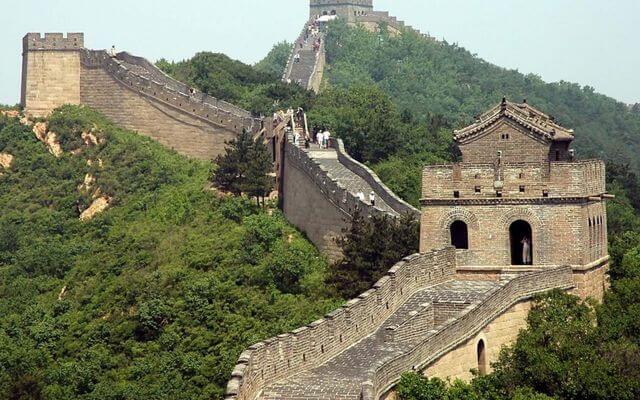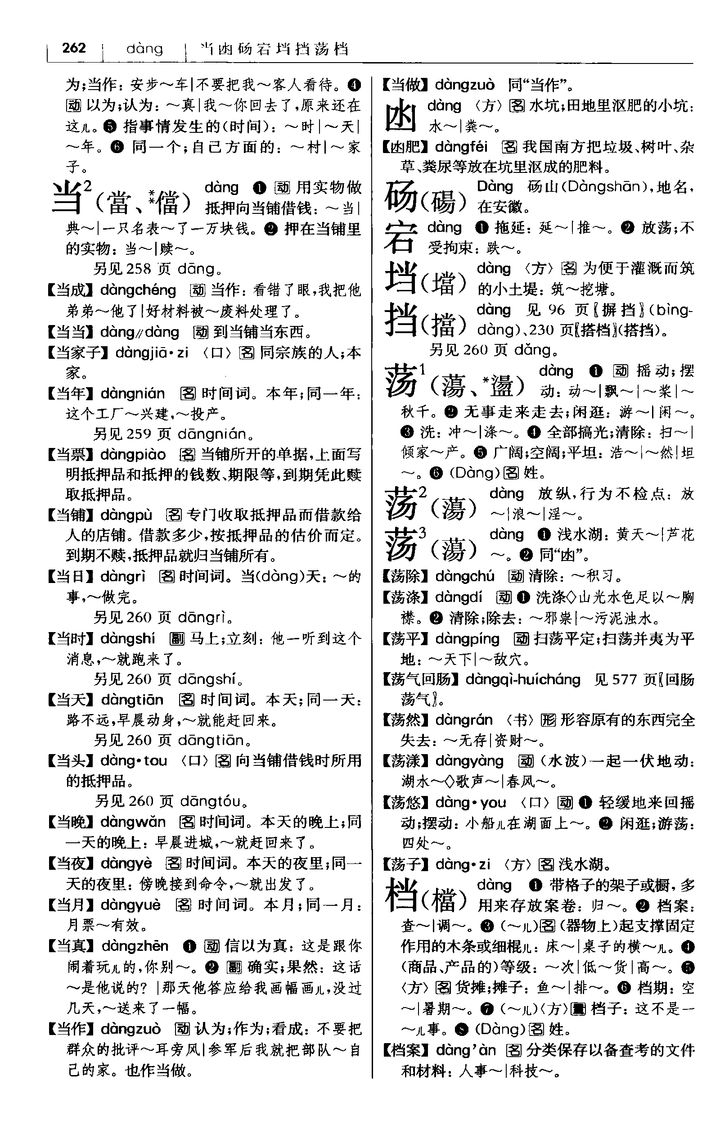
Most Chinese people have come into contact with many traditional characters in their childhood experience, such as ancient books, calligraphy and other art works, Hong Kong and Taiwan media, and so on. Therefore, most Chinese people have at least an unconscious self-learning process of reading traditional characters, reaching a basic level of reading commonly used traditional characters. How far an individual can go depends on personal interests and the size of the contact surface. In this process, the average level of literacy that most Chinese people can achieve exceeds the imagination of many people who do not know the mainland, and even many mainlanders themselves are surprised. why?
See Also: 6 Books To Learn Chinese For Beginners
First of all, simplified characters that are completely different from traditional Chinese only account for less than 20% of commonly used characters. Most simplified characters are radicals or partial structural simplifications. Most of the simplifications are systematic and can be analogized. Therefore, as long as you are familiar with a few completely different traditional characters and the general “rules” of simplified and complicated characters, it is not difficult to read traditional characters.
Secondly, there are traditional Chinese characters in commonly used Chinese dictionaries. For example, a primary school student has a copy of “Xinhua Dictionary”, you open the “Xinhua Dictionary”, each entry, there are brackets after the word, the brackets are the traditional or variant of the word.

The above are the two most common Chinese dictionaries in mainland China. Therefore, anyone who has gone to elementary school and loves to look up Chinese dictionaries should be familiar with the common traditional characters and variants.
The simplification of most traditional characters is orderly and systematic, with the simplification of radicals or main components as the main part.